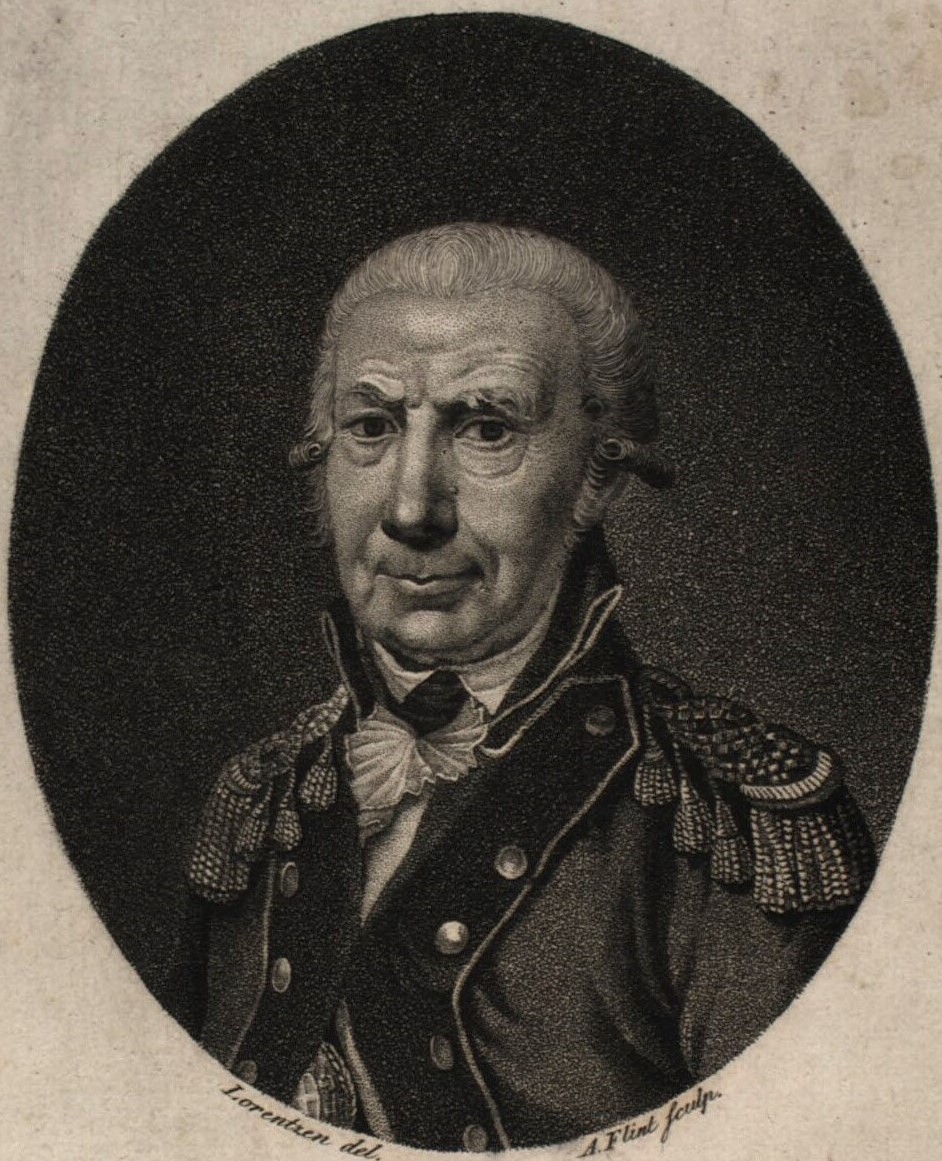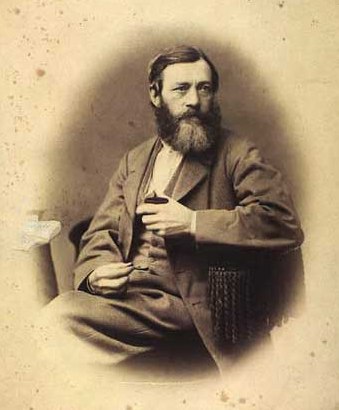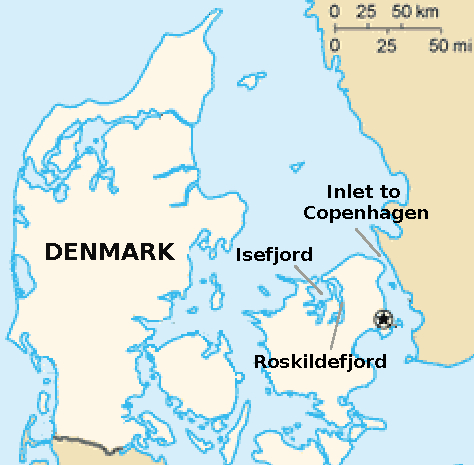|
Johan Peter Boye Junge
Johan Peter Boye Junge (23 June 1735 - 22 February 1807) was a Danish master carpenter, developer and head of the Copenhagen Fire Corps. Early life and education Junge was born on 23 June 1735 in Bramstedt, Holstein, the son of Harm Junge and Maria Huckfeldt. Aged eight, he was sent to Copenhagen to live with his uncle, Johan Boye Junge (1697-1778), who had title of court master carpenter and served as deputy director of the city's fire corps. He was apprenticed to his uncle. Career In 1759, Junge was granted citizenship as a master carpenter. His business grew steadily to a degree that made him one of the largest private employers in Copenhagen. In 1771, he was responsible for adapting the country house Frydenlund for Queen Caroline Mathilde. The next year, he was charged with constructing the scaffold used for the execution of Johan Friederich Struensee and Enevold Brandt. In 1793, he purchased a large property, Reventlow's Hotel, which reached all the way from Købmagergade ... [...More Info...] [...Related Items...] OR: [Wikipedia] [Google] [Baidu] |
Andreas Flint
Andreas ( el, Ἀνδρέας) is a name usually given to males in Austria, Greece, Cyprus, Denmark, Armenia, Estonia, Ethiopia, Eritrea, Finland, Flanders, Germany, Norway, Sweden, Switzerland, Romania, the Netherlands, and Indonesia. The name derives from the Greek language, Greek noun ἀνήρ ''anēr'', with genitive ἀνδρός ''andros'', which means "man". See the article on ''Andrew'' for more information. The Scandinavian name is earliest attested as antreos in a runestone from the 12th century. The name Andrea may be used as a feminine form, but is instead the main masculine form in Italy and the canton of Ticino in Switzerland. Given name Andreas is a common name, and this is not a comprehensive list of articles on people named Andreas. See instead . Surname * Alfred T. Andreas, American publisher and historian * Casper Andreas (born 1972), American actor and film director * Dwayne Andreas, a businessman * Harry Andreas * Lisa Andreas Places *Andreas, Isle of M ... [...More Info...] [...Related Items...] OR: [Wikipedia] [Google] [Baidu] |
Vesterbrogade
Vesterbrogade () is the main shopping street of the Vesterbro district of Copenhagen, Denmark. The 1.5 km long street runs from the City Hall Square in the east to Pile Allé in Frederiksberg in the west where it turns into Roskildevej. On its way, it passes Copenhagen Central Station as well as the small triangular square Vesterbros Torv. It is one of four such ''-bro streets'', the other being Nørrebrogade, Østerbrogade and Amagerbrogade. History Early history Vesterbroghade originates in the 12th-century country road that led in and out of Copenhagen's Western City Gate. The road passed Sankt Jørgens Bæk (St. George's Stream) on its way to Valby and often changed course. On 20 August 1624, Christian IV ordered that the road be cobbled, first to Vernedamsvej and later all the way to Valby. The road was at this point called Alvejen "The Public Road"= or Adelvejen ("The Nobility Road") but in 1650 the name was changed to Roskildegaden ("The Roskilde Street"). ... [...More Info...] [...Related Items...] OR: [Wikipedia] [Google] [Baidu] |
18th-century Danish Woodworkers
The 18th century lasted from January 1, 1701 (Roman numerals, MDCCI) to December 31, 1800 (Roman numerals, MDCCC). During the 18th century, elements of Age of Enlightenment, Enlightenment thinking culminated in the American Revolution, American, French Revolution, French, and Haitian Revolution, Haitian Revolutions. During the century, History of slavery, slave trading and human trafficking expanded across the shores of the Atlantic Ocean, Atlantic, while declining in Russian Empire, Russia, Qing dynasty, China, and Joseon, Korea. Revolutions began to challenge the legitimacy of monarchical and aristocratic power structures, including the structures and beliefs that Proslavery, supported slavery. The Industrial Revolution began during mid-century, leading to radical changes in Society, human society and the Natural environment, environment. Western historians have occasionally defined the 18th century otherwise for the purposes of their work. For example, the "short" 18th cen ... [...More Info...] [...Related Items...] OR: [Wikipedia] [Google] [Baidu] |
Danish Carpenters
Danish may refer to: * Something of, from, or related to the country of Denmark People * A national or citizen of Denmark, also called a "Dane," see Demographics of Denmark * Culture of Denmark * Danish people or Danes, people with a Danish ancestral or ethnic identity * A member of the Danes, a Germanic tribe * Danish (name), a male given name and surname Language * Danish language, a North Germanic language used mostly in Denmark and Northern Germany * Danish tongue or Old Norse, the parent language of all North Germanic languages Food * Danish cuisine * Danish pastry, often simply called a "Danish" See also * Dane (other) * * Gdańsk * List of Danes * Languages of Denmark The Kingdom of Denmark has only one official language, Danish, the national language of the Danish people, but there are several minority languages spoken, namely Faroese, German, and Greenlandic. A large majority (about 86%) of Danes also s ... {{disambiguation Language and nation ... [...More Info...] [...Related Items...] OR: [Wikipedia] [Google] [Baidu] |
Pilestræde 41-45
Pilestræde ( lit. English: Willow Alley) is a street in central Copenhagen, Denmark. It is a side street to the pedestrianized shopping street Strøget and commonly associated with the newspaper publishing house Berlingske Media, which has its headquarters in the street. History The street name refers to Pilegården, a farm which was located at the site in the Middle Ages. Pilegårde is first mentioned in 1419 and was divided into several smaller properties in 1579. In the 16th century, Copenhagen's stud farm (''Københavns Avlsgård''), where the city's bulls were stabled, was also located along the street. The stud farm was in 1671 sold to Trinitatis Church for use as a cemetery. The northernmost part of Pilestræde was originally called Springergade with a reference to the bulls at the farm. Local residents found the name inappropriate and the street was therefore included in Pilestræde in 1881. In 1765, Berlingske's publishinghouse established in one of the yards on t ... [...More Info...] [...Related Items...] OR: [Wikipedia] [Google] [Baidu] |
Pilestræde 39
Pilestræde 39 is a late 18th-century building situated in Pilestræde in the Old Town of Copenhagen, Denmark. It was constructed by the master mason and developer , who also constructed the buildings at Pilestræde 37 and Pilestræde 4145 in conjunction with his creation of the street Kronprinsensgade. It was listed in the Danish registry of protected buildings and places in 1945. The scope of the heritage listing was expanded in 1992. Jacob Trier's grocery business was for more than one hundred yearsfrom the late 1840s until at least the 1950sbased in the building. Notable former residents include actors Joachim-Daniel Preisler (1755–1809) and Marie Cathrine Preisler (1761–1797) and painter Christian August Lorentzen (1749–1828). History Site history, 1689–1783 The site was formerly part of a much larger property, listed in Copenhagen's first cadastre of 1689 as No. 14 in Købmager Quarter. On 24 July 1672, it was sold at auction to Conrad von Reventlow (1644–1 ... [...More Info...] [...Related Items...] OR: [Wikipedia] [Google] [Baidu] |
Pilestræde 37
Pilestræde 37/Kronprinsensgade 13 is an 18th-century building situated at the angle, acute-angled corner of Pilestræde and Kronprinsensgade in the Old Town of Copenhagen, Denmark. It was listed in the Listed buildings in Copenhagen Municipality, Danish registry of protected buildings and places in 1945. It was constructed by the master mason and developer , who also constructed the buildings at Pilestræde 39–47 in conjunction with his creation of the street Kronprinsensgade, and who was himself a resident of the building from its completion in 1786. Other notable former residents include actors Michael Rosing, Michael and Johanne Rosing, printer Andreas Flinch, poet Christian Winther and Bing & Grøndahl co-founder Meyer Herman Bing. History Site history, 1689–1783 The site was formerly part of a much larger property, listed in Copenhagen's first cadastre of 1689 as No. 14 in Købmager Quarter. On 24 July 1672, it was sold at auction to ''storkansler'' Conrad von Reventlow ... [...More Info...] [...Related Items...] OR: [Wikipedia] [Google] [Baidu] |
Pilestræde 37 (Copenhagen) 04
Pilestræde 37/Kronprinsensgade 13 is an 18th-century building situated at the acute-angled corner of Pilestræde and Kronprinsensgade in the Old Town of Copenhagen, Denmark. It was listed in the Danish registry of protected buildings and places in 1945. It was constructed by the master mason and developer , who also constructed the buildings at Pilestræde 39–47 in conjunction with his creation of the street Kronprinsensgade, and who was himself a resident of the building from its completion in 1786. Other notable former residents include actors Michael and Johanne Rosing, printer Andreas Flinch, poet Christian Winther and Bing & Grøndahl co-founder Meyer Herman Bing. History Site history, 1689–1783 The site was formerly part of a much larger property, listed in Copenhagen's first cadastre of 1689 as No. 14 in Købmager Quarter. On 24 July 1672, it was sold at auction to ''storkansler'' Conrad von Reventlow (1644–1708). After his death in 1708, the property was passed ... [...More Info...] [...Related Items...] OR: [Wikipedia] [Google] [Baidu] |
Helsingør
Helsingør ( , ; sv, Helsingör), classically known in English as Elsinore ( ), is a city in eastern Denmark. Helsingør Municipality had a population of 62,686 on 1 January 2018. Helsingør and Helsingborg in Sweden together form the northern reaches of the Øresund Region, centered on Copenhagen and Malmö. The HH Ferry route connects Helsingør with Helsingborg, 4 km (2.5 miles) across the Øresund. It is known for its castle Kronborg, which William Shakespeare presumably had in mind for his play '' Hamlet.'' History The name ''Helsingør'' has been believed to be derived from the word ''hals'' meaning "neck" or "narrow strait," referring to the narrowest point of the ''Øresund'' (Øre Sound) between what is now Helsingør and Helsingborg, Sweden. The people were mentioned as ''Helsinger'' (which may mean "the people of the strait") for the first time in King Valdemar the Victorious's '' Liber Census Daniæ'' from 1231 (not to be confused with the Helsings ... [...More Info...] [...Related Items...] OR: [Wikipedia] [Google] [Baidu] |
Battle Of Copenhagen (1801)
The Battle of Copenhagen of 1801 ( Danish: ''Slaget på Reden''), also known as the First Battle of Copenhagen to distinguish it from the Second Battle of Copenhagen in 1807, was a naval battle in which a British fleet fought and defeated a smaller force of the Dano-Norwegian Navy anchored near Copenhagen on 2 April 1801. The battle came about over British fears that the powerful Danish fleet would ally with France, and a breakdown in diplomatic communications on both sides. As the British ships entered the harbour of the Danish fleet, several of its ships stationed in the city's inlet forming a blockade. The Danish fleet defended the capital with these ships and bastions on both sides of the harbour inlet. It was the second attempt by the British to try to prevent a Franco-Danish alliance, as the British had already entered Øresund with a fleet in August 1800, in order to persuade Denmark not to ally with France. The Danes agreed to the British terms upon hearing news o ... [...More Info...] [...Related Items...] OR: [Wikipedia] [Google] [Baidu] |





